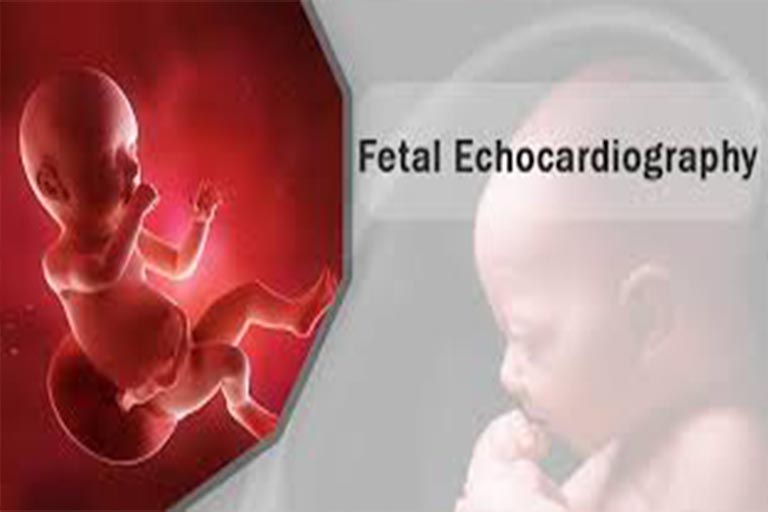
Fetal Echocardiography is a diagnostic test that is used for confirmation of Heart Diseases in the growing Fetus. It is a type of ultrasound test where sound vibrations are used to assess fetal heart structure and function by the mechanism of a property of sound waves-echo. The sound Vibrations Echo-off the fetal heart structures and provide us an image for evaluation and monitoring.
Why is it done?
Fetal Echocardiography is done when there is an increased risk of Cardiac Abnormalities in the fetus. It is not necessary for all women to have a fetal Echocardiogram during Pregnancy. It is done when some issues are detected in prior scans during routine Prenatal Check-ups. For example- It is particularly recommended when the Nuchal Translucency (NT) is found to be increased during First Trimester Scan.
- When there is history of previous pregnancy with congenital heart defect.
- If the history of Congenital Heart Diseases runs in the family.
- If a chromosomal or genetic anomaly is detected in the fetus during routine Pre natal care.
- When there are chances of such defects arising from the medication taken during pregnancy by the mother such as- Antiseizure medication, Acne medications etc.
- If there is history of Alcohol or Substance abuse by the mother during Pregnancy.
- Presence of Autoimmune disorders (like SLE), Connective tissue disorders or Diabetes in the mother.
- History of infections like Rubella during Pregnancy.
- A routine prenatal ultrasound has identified other congenital anomalies in vital organs like- Kidney, Brain or Bone.
When is it done?
Fetal echocardiograms are generally conducted in the second trimester of pregnancy, during 18 to 24 weeks.
Procedure
Similar to other ultrasound examinations Fetal Echocardiograph is conducted using a small probe (Transducer) over the abdominal surface after application of gel. It is done by qualified Paediatric cardiologist who moves the probe over abdominal surface to obtain images of various structures and locations.
Techniques used for Fetal Echocardiography include:
- Two-Dimensional (2-D) Echocardiography- This is an Imaging technique and allows the doctor to visualize actual structures and motion of heart structures. A 2-D echo view appears cone-shaped on the monitor. Real-time motion of the fetal heart’s structures can be observed and evaluated using 2-D echo.
- Doppler echocardiography- Doppler echocardiography enables us to monitor and measure blood flow through the fetal heart chambers and valves. This provides us information about patency of openings in the heart as compared to the standard. Direction of blood flow in the fetal heart can be estimated by using Color Doppler.
Results
Results of a fetal echocardiogram help us in detecting fetal heart abnormalities and give us the opportunity to plan management or surgery according to the severity of the issue.
Genetic Counseling is provided to the parents explaining them the outcomes and risks of the existing condition.
Risks
There are no apparent risks to the mother or fetus during this procedure as it is a normal ultrasound examination.


